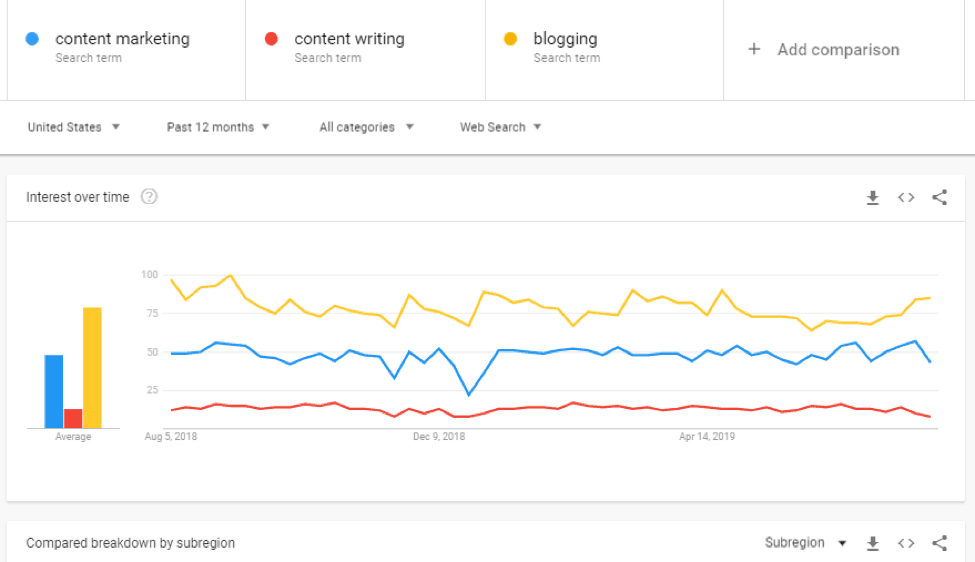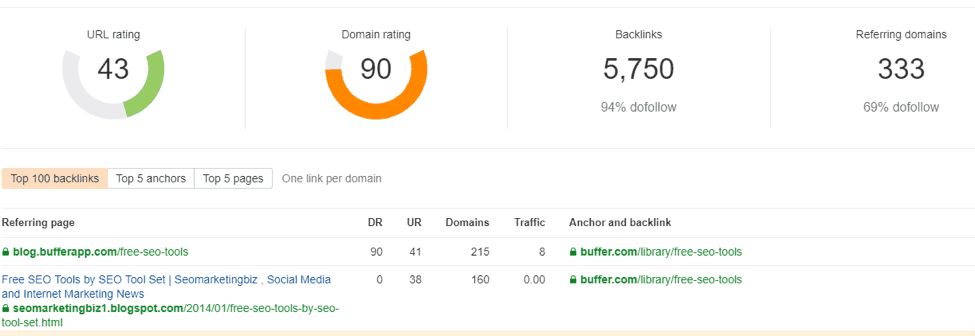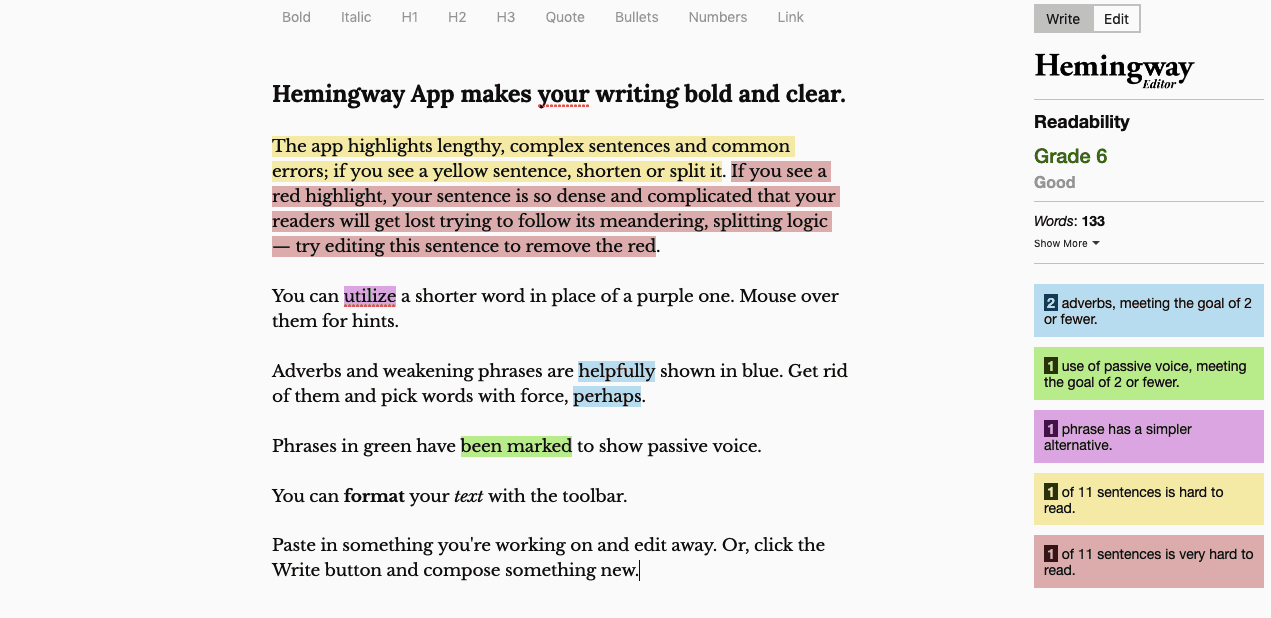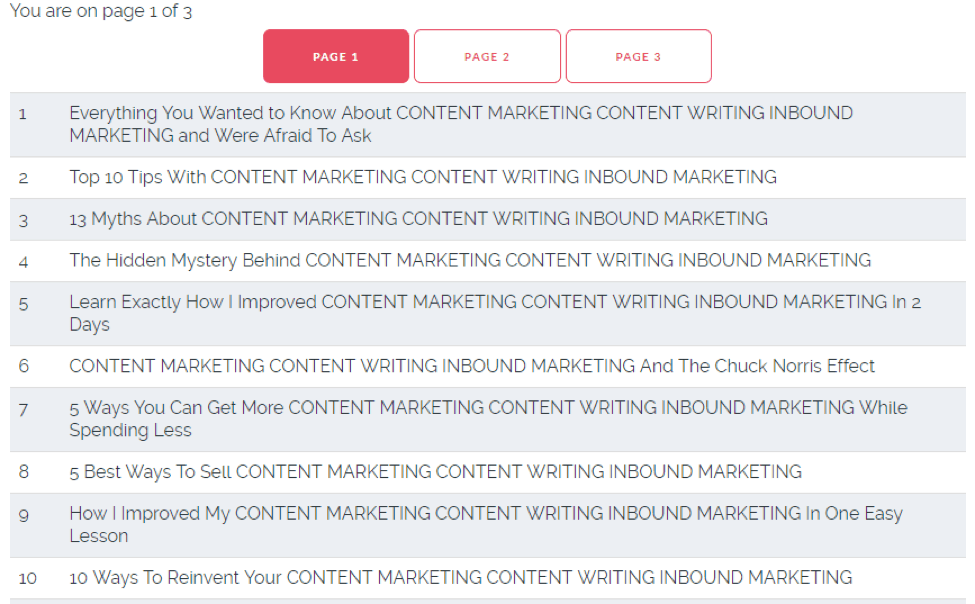Are blogging and content writing dead?
Or does it still bear a lot of value for marketing?
With the establishment of social media platforms, it seems like no one uses blogs for marketing purposes anymore.
And, honestly, with Instagram Stories, polls, and carousels, and with Facebook’s live streams and YouTube’s how-to guides, it seems that no one would want to read text anymore.

But the reality does not correspond to this prognosis. According to Ramona Sukhraj, the Head of Editorial Content for IMPACT says that content writing and blogging for marketing purposes still accomplishes everything it did a decade ago.
Ms. Sukhraj reiterates that blogging is still capable of accomplishing every goal that it’s set to accomplish. At the end of the day, editorial content was what helped IMPACT grow their website traffic from 45K to 400K.
Different resources of statistics also support the fact that content writing and blogging are alive and well:
- Companies who have blogs produce 67% more leads per month than those who don’t.
- Having a blog will generate you 97% more links to your website.
- What about B2B? 71% of surveyed B2B businesses claim that consuming blog content is an important part of their buyers’ journey.
- Marketing Profs rate blogging and content writing as the most effective strategy to spread awareness about a brand.
The list can go on and on. The main message here that blogging remains to be one of the crucial strategies for brand awareness. And, if content writing somehow doesn’t work for your brand, you must be doing something wrong.

Thus, we want to share some writing tips with business owners and marketing profs that will help you produce high-quality content for marketing purposes.
Your Content Writing Toolbox
First thing you need to produce high-quality written content is to get thoroughly prepared. When you have all the necessary writing tools at hand, you won’t have to worry about additional work you’ll have to do in terms of editing and proofreading.
So, the essentials of your writing toolbox include:
Content Editors and Planners
We highly recommend writing and storing your written texts online in the cloud. This way, your content will be safe, and you’ll be able to retrieve it any time. Besides, online content editors make planning, writing, and editing content more effortless, and they synchronize across all your devices.
- Google Docs: This is a basic online editor that saves your writing to the cloud. Also comes with plenty of useful templates to make the writing process easier

- Evernote: one of the popular content writing and editing tools. Stores your written works in the cloud, can be used offline and synchronizes across your devices.
- Monday: this is a comprehensive content management tool that includes content planner as well. You can create teamwork on your writing project and invite team members to contribute.
- CoSchedule: their content organizer is one of the most versatile tools for content planning and keeping track of your work. You can plan your entire editorial schedule and share ideas with your marketing team. CoSchedule content organizer also has a tool to help you create catchier headlines.
SEO Optimization Tools
SEO optimization is one of the most overwhelming parts of creating written content. That, of course, should go along with a good backlinking strategy. Luckily, you can automate this process with online SEO optimization tools:
- Google Trends: SEO optimization starts with doing keyword research. In Google Trends, you can see how a certain keyword performs in searchers around a certain area, and then compare it to other keywords you’re planning to use in your content.

- Google Analytics: using the query Acquisition>Search Console>Queries of Acquisition>Campaigns>Organic Keywords will help you optimize SEO for your writing projects.
- Ahrefs Backlink Checker: quality of backlinks is important for SEO optimization. This tool allows you to check the quality of backlinks in your blog articles and how they influence your SEO results.

Text Editors and Proofreaders (Template 1-bullet list)
Proper planning and SEO optimization won’t save the quality of your blog articles if you don’t pay attention to its clarity and correctness. Surely, proofreading can be overwhelming, but you can automate this process as well, using online text editors and proofreaders.
- Grammarly: a comprehensive tool to check grammar, punctuation, and style. When installed to Google Docs and Microsoft Word, it checks your writing as you go.
- TrustMyPaper: an online community of writers that will assist you with editing and proofreading the text to make sure that it fits your marketing purposes.
- GrabMyEssay: comprehensive online editing and proofreading tool that will help you check your writing quickly.
- Studicus: an all-in-one proofreading tool with real-time help from professional writers.
- Hemingway App: a great tool for checking the readability of your articles, as it removes the portions of the text that obstruct a better understanding of the text.

Writing Process Essentials: SEO and Latent Semantic Indexing
Writing process begins with you preparing keywords for future keyword optimization. And while keyword research is a familiar process for every marketing specialist (especially with the tools, listed above), here are some secrets that will help you do it more effectively:
- Target all stages of the customer journey. What are your potential customers looking for? Are they familiar with the niche of your product? Or are they newcomers? Effective keywords should target searchers at every stage of their customer journey.
- Address questions and needs. Place your keywords in different types of setting. In which situations the searchers will be prompted to enter these keywords? This will help you adjust keywords to the needs of your target audience.
- Keyword difficulty. Mixing unique and popular keywords, experimenting with long-tail keywords is important for SEO optimization, as its success depends on keywords with varying specificity and length.

Once you’ve drafted the keywords for a blog article, there’s one more concept you need to take into consideration.
Latent semantic indexing is an important part of SEO optimization (which you should think about while writing). This term describes the process of how search engines analyze and find the connections between the words in a written text.
Why is it important for you?
This means that you will have to come up with secondary keywords that will relate to your primary keywords. The more connections a search engine sees between the words, the higher it will rank your blog article in search results.
Writing Process Essentials: The Importance of an Outline (catching headlines here+Template 2-comma list)
After you have a list of your primary and secondary keywords, it’s time to proceed with an outline. Writing is better when it’s structured, so it’s not always appropriate to let your thought flow on paper (especially when you’re writing how-to guides).
Writing an outline is a basic process that everyone knows:
- Introduction: a brief description of what article will be, with a statement and a mention of the target audience.
- Body: the main portion of the text, broken into subheadings, bullet lists, and other sections for better readability.
- Conclusion: the ending of the text with a brief sum-up of the article with a possible CTA.
When you’re writing for marketing purposes, you can change this structure a little bit, adding stickers with notes, comments, highlight parts that need special attention, and add attached lists with internal and inbound links for better SEO.
It is important to mention that an outline needs proofreading as well. Headlines, subtitles, and some parts of the outline will also be featured in the article, so they need to be correct — online proofreading tools like Typely, BestEssay.Education or WowGrade will do a great job.
While creating an outline is good for SEO optimization and overall quality of your article, headlines are the most visible part. And, with so much content online, it’s hard to come up with something truly original and catchy.
Luckily, there are online headline generators that can bring some inspiration ideas to the (writing) table. For example. After entering keywords ‘content marketing’, ‘content writing,’ and ‘inbound marketing,’ we got the following results:

Image credit: Title Generator
Overall, we’ve got over 30 potential titles for blog articles. Some titles that don’t make sense, but you can adjust them to fit your preferences.
Finishing Touches: CTAs and Repurposing
When doing finishing touches, don’t forget to include a CTA to the conclusion. Although a CTA is a common practice, it is often overlooked.
Nevertheless, it can help you substantially increase the traffic to your blog. Paula Stevenson, the chief of marketing at an online writing service SupremeDissertations, said that the practice of including CTAs to their blog articles helped them increase website traffic by 40%.
CTAs should be catchy, but they also should fit your style and the main message of your articles. Here are some universal examples:
- Sign up or Subscribe messages
- Get Started or Learn More
- Try for Free or Enjoy Your Free Trial
You can also use CTAs that encourage the readers to share your article and leave feedback. These CTAs will help you build a strong community of customers and increase activity on your blog.
Lastly, let’s take a look at repurposing content.
Professional marketers recommend creating written content with repurposing in mind. Reportedly, 66% of marketers reuse content two to five times, based on assets. They turn already existing content into other content types, such as infographics, videos, guides, etc.
You can also turn your existing blog posts into a series, thus providing expert advice on a certain matter. Overall, content repurposing is an effective strategy both for brand visibility and SEO optimization. You can also repurpose your content with translating it to another language. For this you may need to research translation and localization services but the results can be outstanding.
Conclusion
Creating high-quality content may seem like an easy job to do once you have a creative idea. However, every good idea requires proper planning for it to be executed.
There are many more tips and tricks for better content you can use. Hopefully, the tips we provided in this article will help you approach content writing more effectively and create great high-quality blog articles.